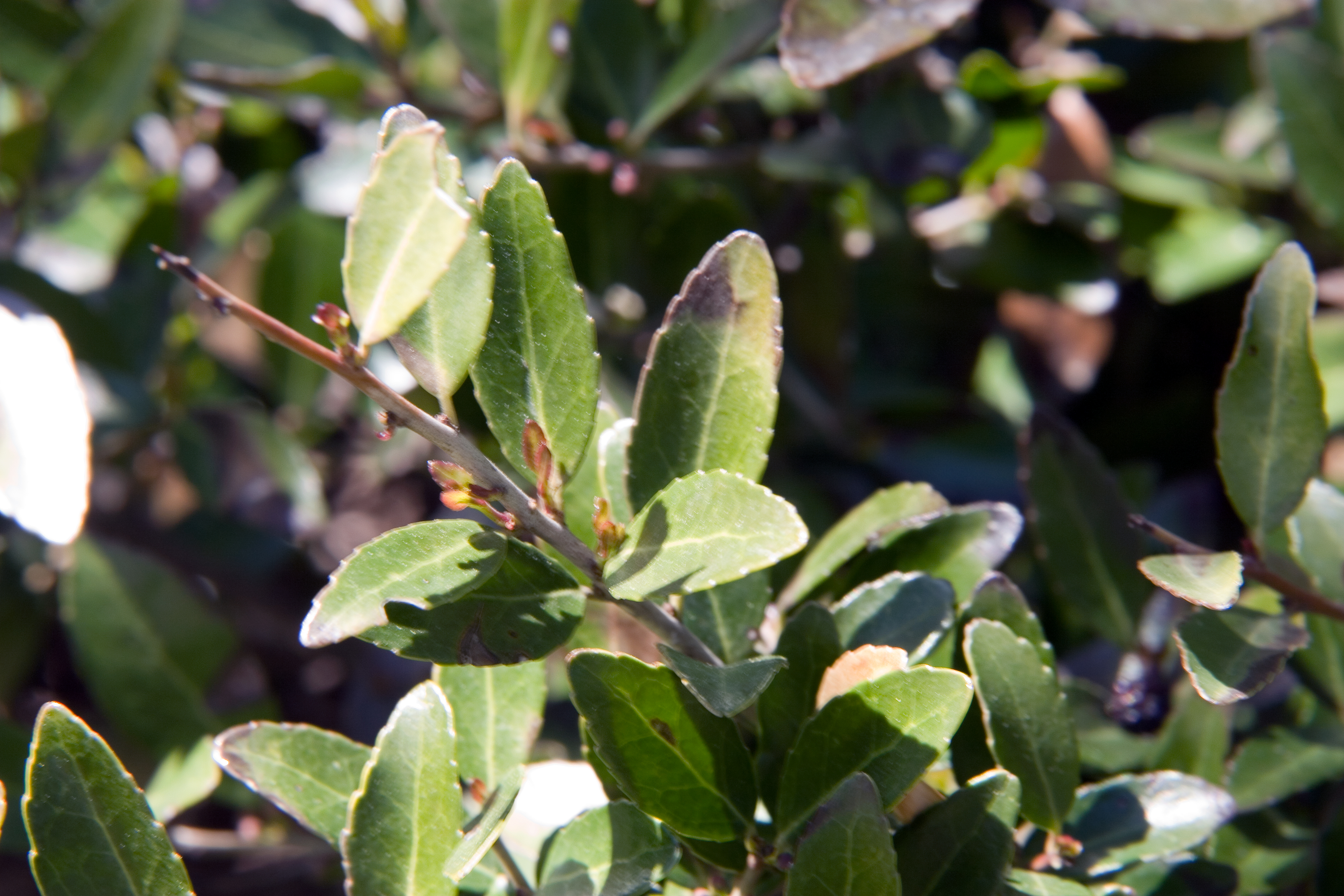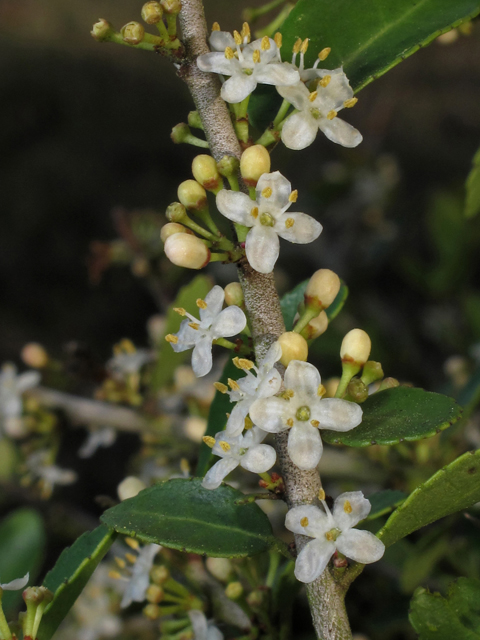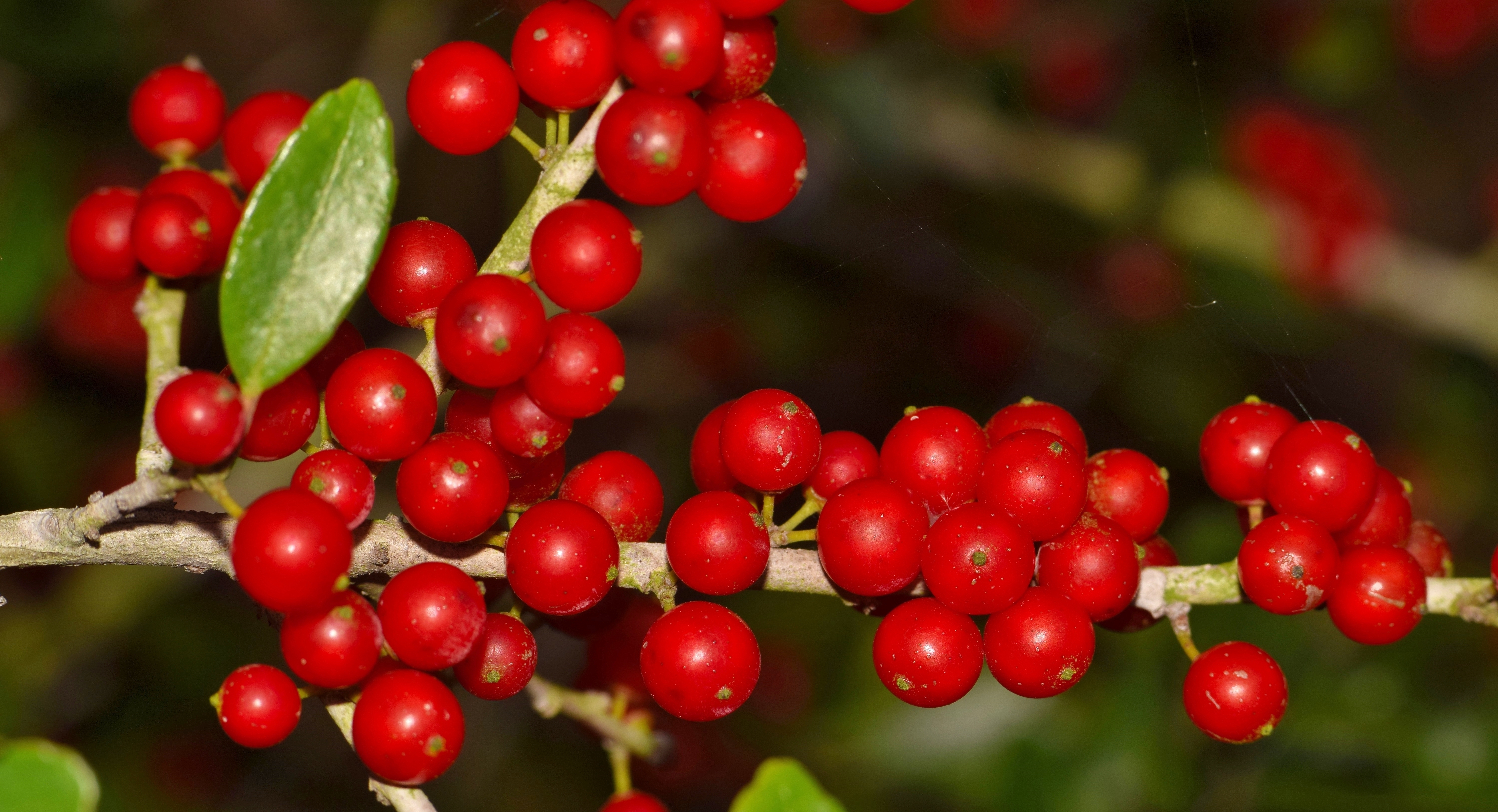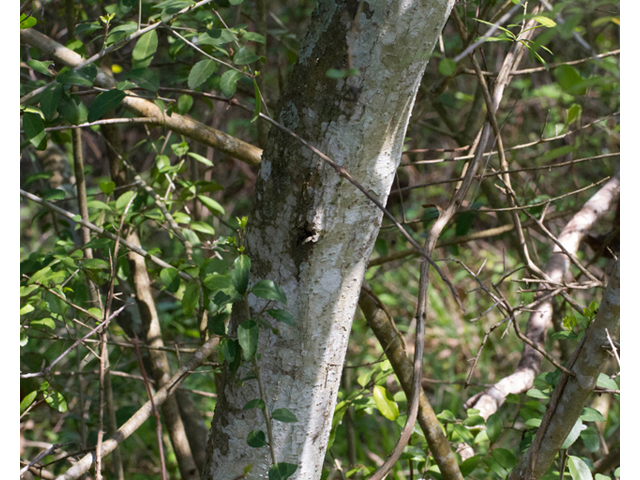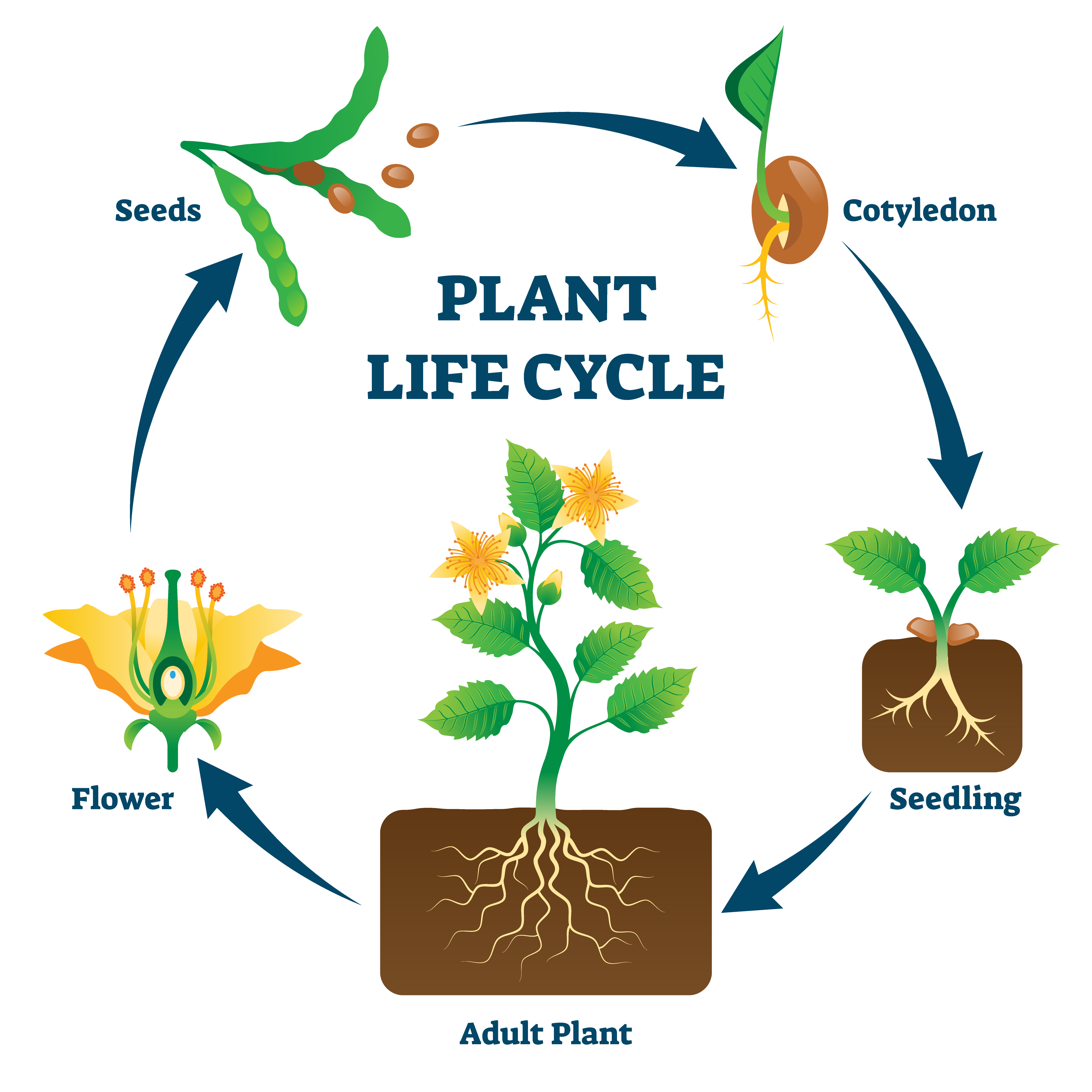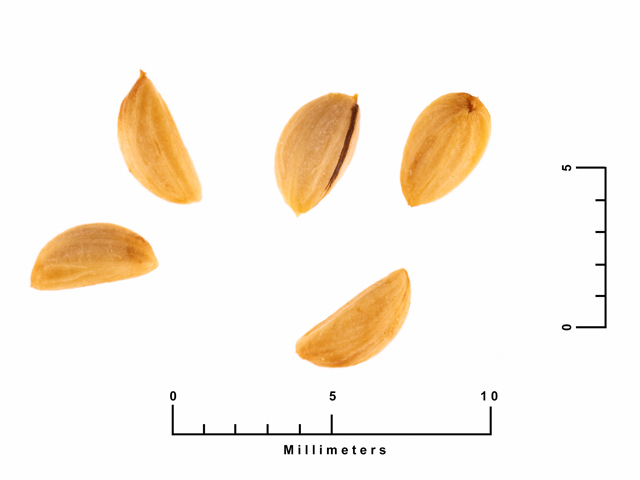Dig into Plants: Yaupon Holly
| Yaupon Holly Other Common Names: Yaupon Holly, Cassina, Christmas Berry Scientific Name: Ilex vomitoria Alternate Native Species: Dwarf Yaupon Holly Native to Alabama: Yes |
|
Yaupon Holly Dreamstime Click on image to enlarge it |
Learn more about...
| Ecological Benefits | ||||
| This plant provides food for: | ||||
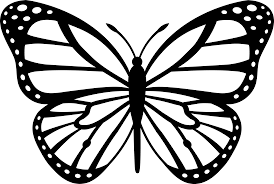 |
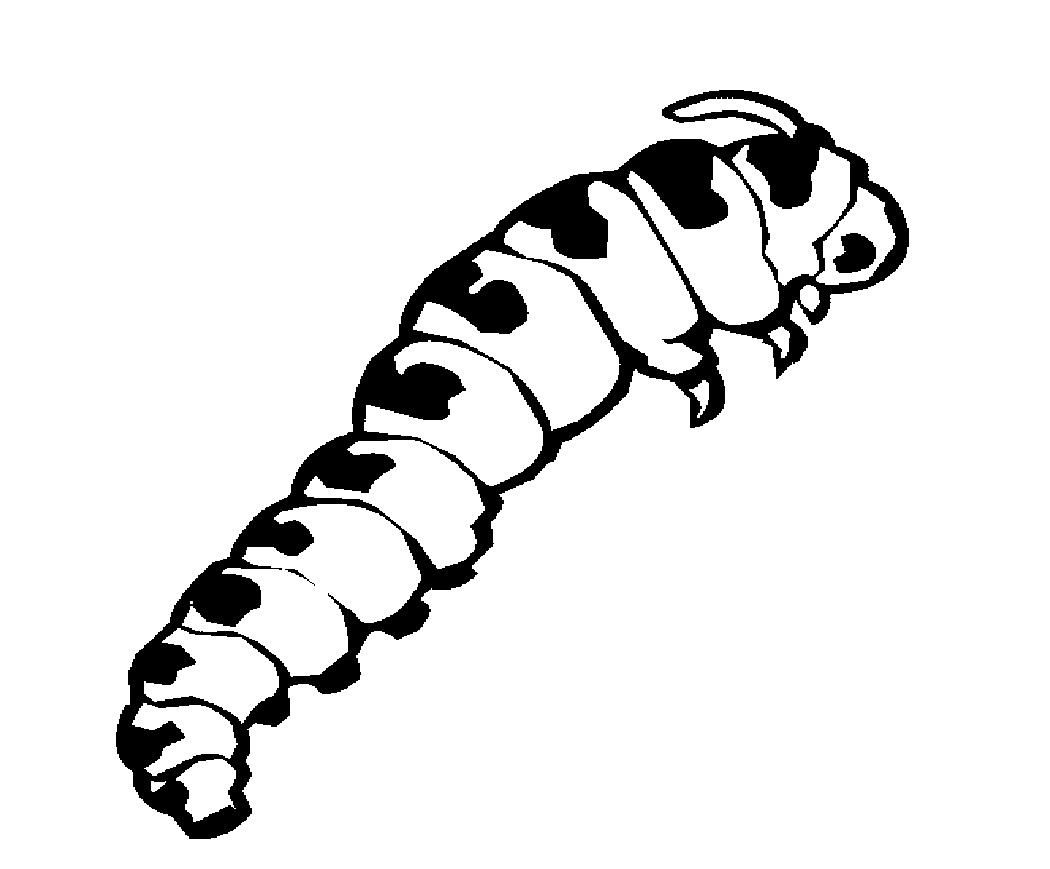 |
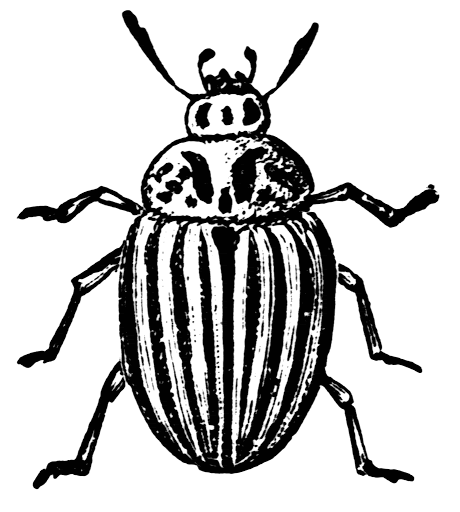 |
 |
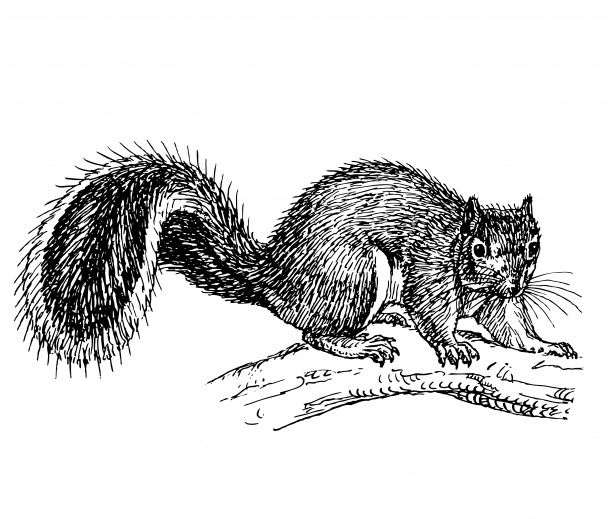 |
| Butterflies | Caterpillars | Other Pollinators | Other Birds | Small Mammals |
| Henry's Elfin | ||||
| Other Plants Found in Alabama with Similar Ecological Benefits: |
|||||
| American Holly (Ilex opaca) |
Inkberry (Ilex glabra) |
||||
|
|
|
|
|
||
 |
 |
|
 |
 |
|
| Large Gallberry (Ilex coriacea) |
Mountain Holly (Ilex montana) |
||||
|
|
|
||||
 |
 |
 |
 |
||
| Dahoon Holly (Ilex cassine) |
Possumhaw Holly (Ilex decidua) |
||||||
 |
|
|
|
||||
 |
|
 |
|
||||
| Swamp Holly (Ilex amelanchier) |
Myrtle Holly (Ilex myrtifolia) |
||||||
|
|
 |
|
|||||
| Leaf, Flower & Seed Identification | ||||
| LEAF DESCRIPTION |
Yaupon Holly Leaves
Wikimedia - David J. Stang Click on image to enlarge it |
|||
| Leaf Characteristics Chart (PDF) | ||||
| Shape: Ovate |
Margin: Crenate |
Arrangement: Alternate |
Form: Simple |
|
|
|
|
|
|
|
| Description: | ||||
| Leaves are 1-1.5 inches long and 0.75 inches wide; dark green and shiny on the upper side and lighter green underneath; leathery; toothed margins | ||||
| FLOWER DESCRIPTION |
Yaupon Holly Flowers
Lady Bird Johnson Wildflower Center - Alan Cressler Click on image to enlarge it |
|||
| Flower Shapes Chart (JPG) | ||||
| Color: White, Greenish-white |
Shape: Funnelform |
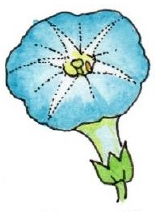 |
Bloom Months: Apr - May |
|
| Description: | ||||
| Flowers are small with four petals; relatively inconspicuous; fragrant |
||||
| SEED DESCRIPTION |
Yaupon Holly Fruit
Dreamstime Click on image to enlarge it |
||
| Type: Fruit - Drupe |
Description: Bright red, round, glossy, berry-looking fruits that are 0.25 inches in diameter |
Months in Seed: Winter |
|
| Plant spreads by: | |||
| Seeds; females produce berry-like fruits after fertilization | |||
| BARK DESCRIPTION |
Yaupon Holly Bark
Lady Bird Johnson Wildflower Center - James Garland Holmes Click on image to enlarge it |
|
| Color: Pale gray with ligher gray or white patches |
Texture: Smooth but may develop scales as the plant ages |
|
| Description: | ||
| New stems are purplish in color but become ligher gray as they age; bark is smooth but develps scales as plant ages | ||
ADDITIONAL RESOURCES FOR TEACHERS
| Quick Fact Sheet (Condensed Species Info) |
Plant ID Sign: Ready as-is PDF |
Plant ID Sign: Editable Word Doc |
QR Code (Links to this Webpage) |
INFORMATION SOURCES FOR THIS PLANT
 |
 |
|
|
|
 |
|
|
|
|
.
 Wildlife Tag
Wildlife Tag
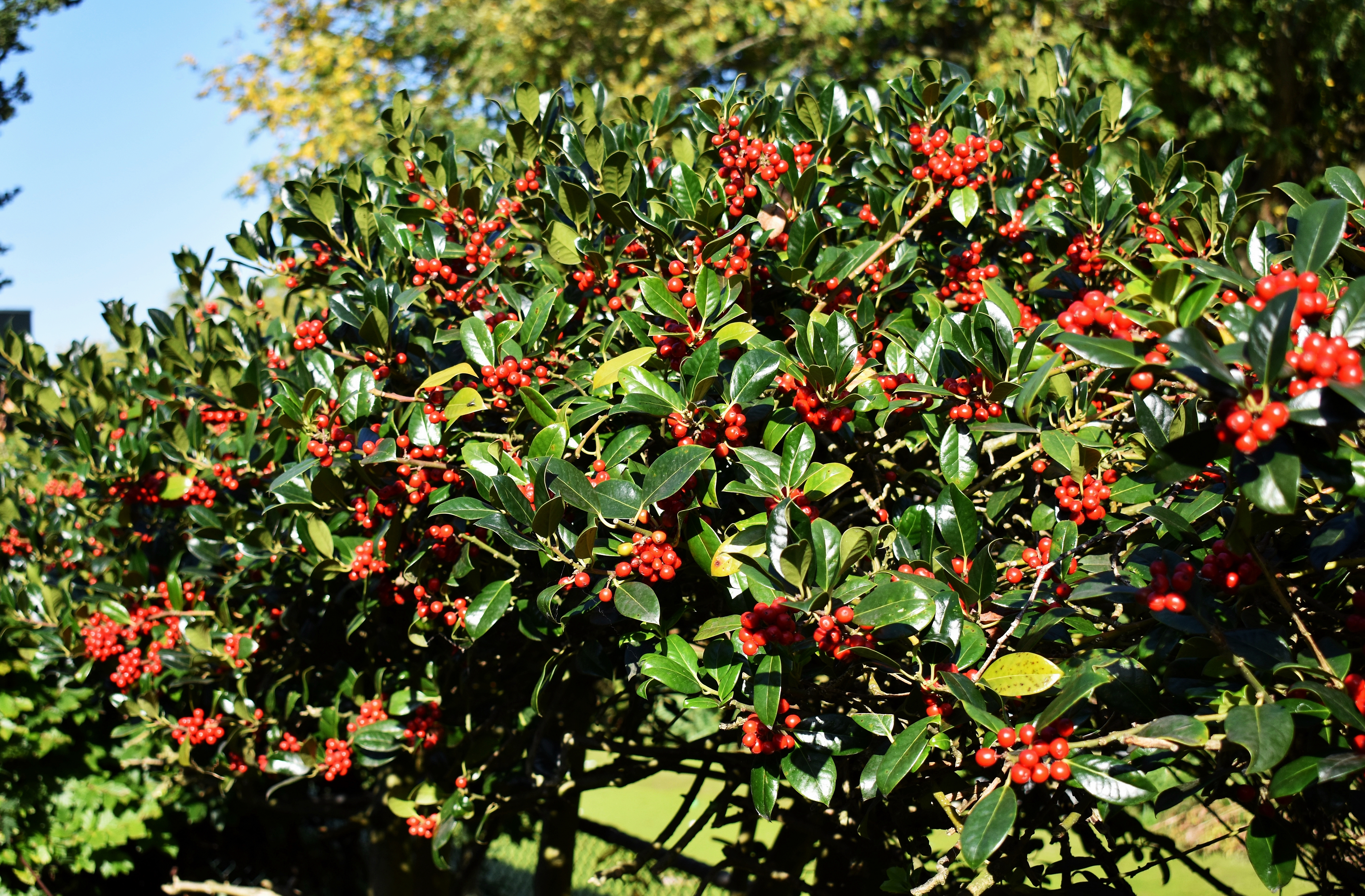




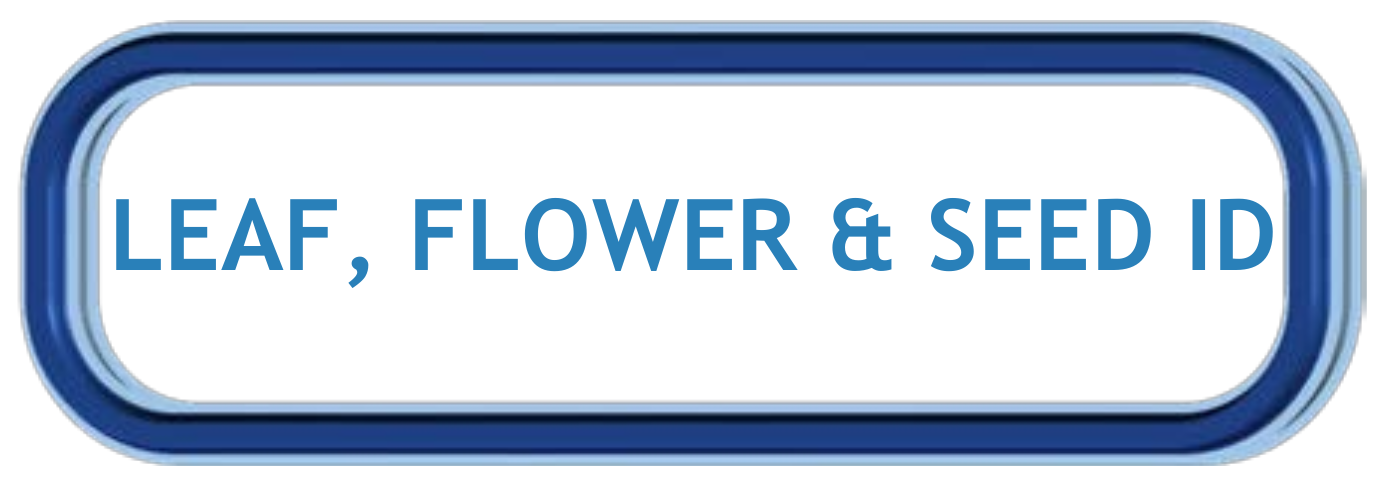

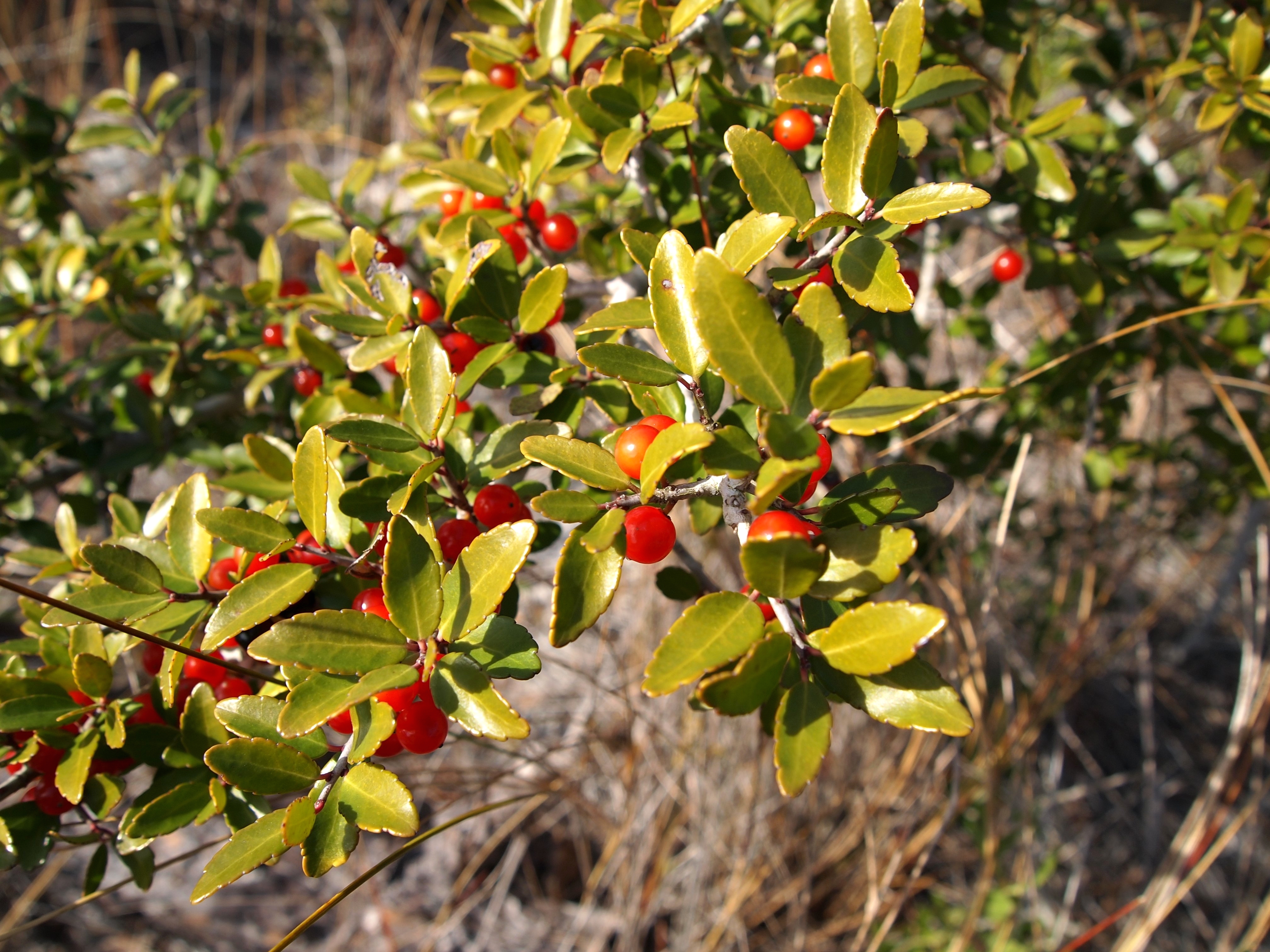
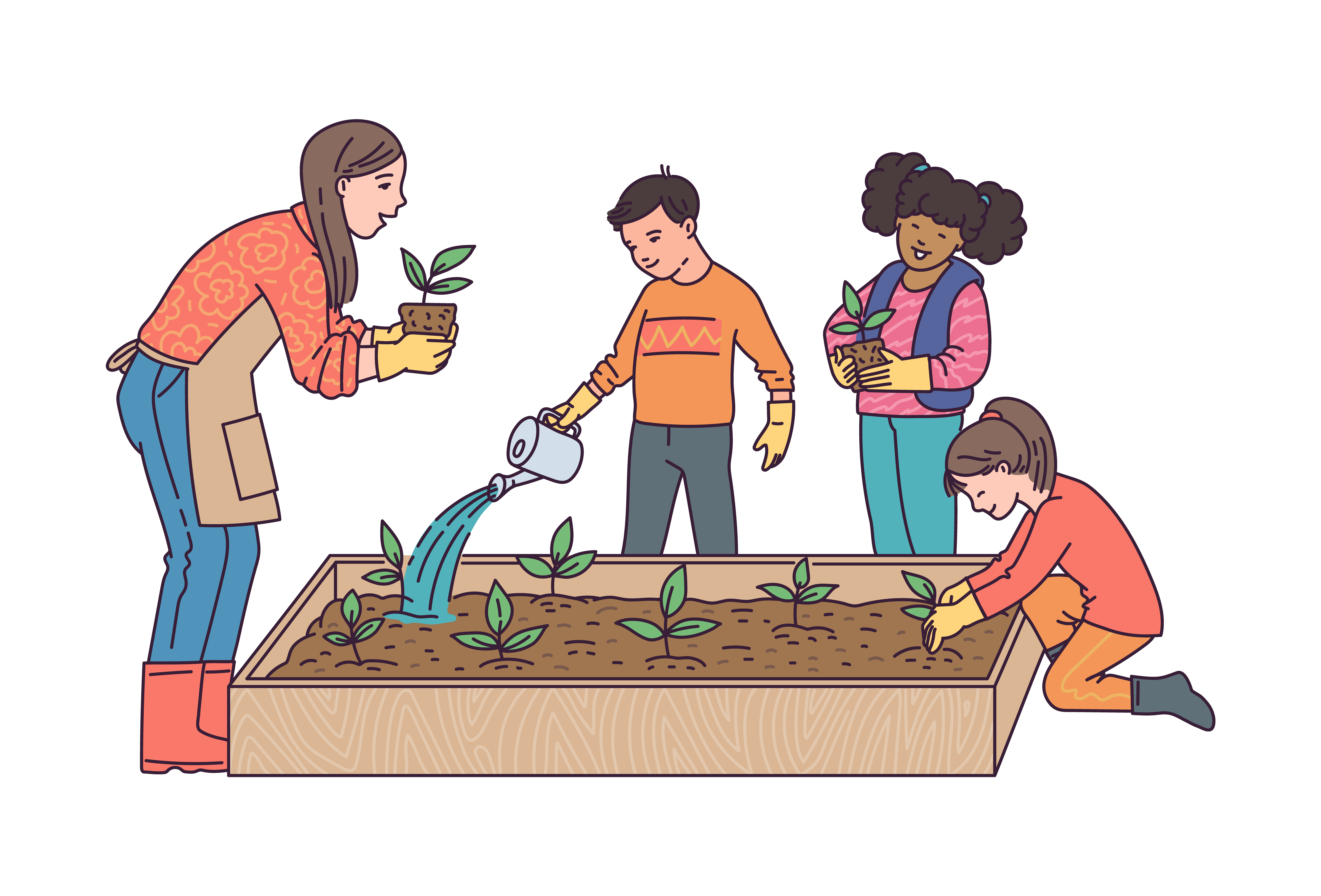


 Well-drained, Sandy, Loamy, Clay, or Limestone soil
Well-drained, Sandy, Loamy, Clay, or Limestone soil